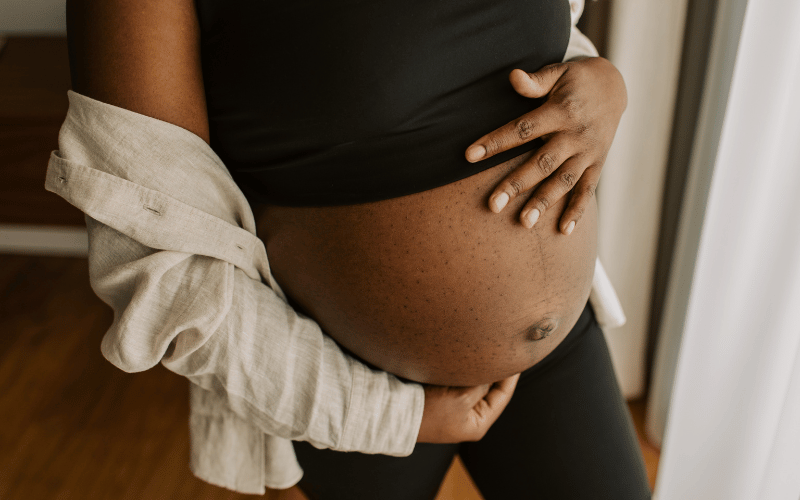Fact 10: EDS and Pregnancy

Pregnancy, a transformative phase in many women’s lives, comes with its set of challenges for those with Ehlers-Danlos syndromes. From conception to childbirth, EDS can influence various facets, calling for meticulous planning, monitoring, and adaptability.
To start with, conception itself can pose hurdles. Women with EDS might grapple with a higher propensity for pelvic pain or even uterine prolapses, influencing fertility. Seeking specialized guidance, tailored to the unique challenges of EDS, becomes a precursor to a successful pregnancy journey.
As the pregnancy progresses, monitoring becomes pivotal. Given the syndromes’ impact on connective tissues, issues like premature birth or even uterine ruptures can emerge as potential risks. Regular medical evaluations, encompassing both maternal and fetal health, are paramount.
Childbirth, a significant milestone, requires strategic planning. The hypermobility associated with EDS might influence decisions around natural birth versus C-section. Even pain management during labor can demand tailored approaches, considering the individual’s unique pain thresholds and potential medication sensitivities.
Postpartum care is another crucial chapter. The body’s recovery, coupled with the demands of newborn care, can be challenging for someone with EDS. From physical therapy to emotional support, comprehensive postpartum interventions can ensure both mother and baby thrive. In conclusion, pregnancy with EDS, while undeniably challenging, isn’t an insurmountable hurdle. With the right guidance, monitoring, and support, it can be a journey of joy, resilience, and profound bonding. (10)